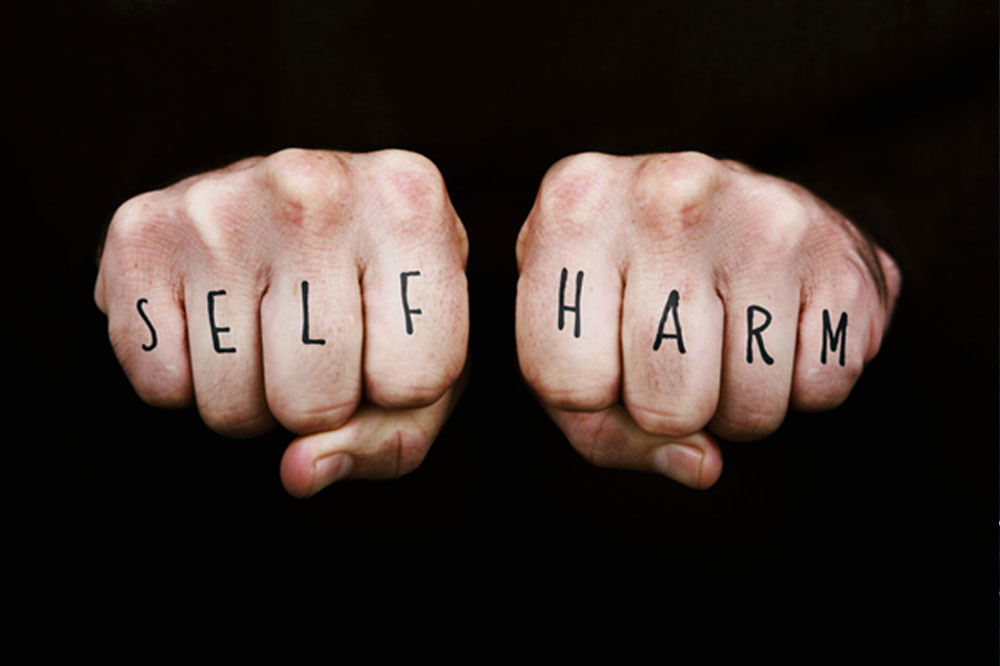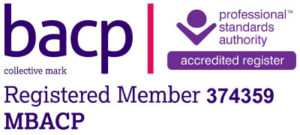A recent study found that 6% of 16–74-year-olds living in England had self-harmed, which is equivalent to more than one in 20 people. In young women aged 16–24, this figure is one in five. And yet, self-harm is still a topic that’s often considered ‘taboo’, surrounded by myths, stigma, and stereotypes that make people afraid to ask for help for fear of negative attention. So, it’s time to clear up some of the myths and misconceptions about self-harm:
1. People who self-harm are attention-seeking – This may be one of the most pervasive myths surrounding those who self-harm, and one that dismisses and invalidates the emotional anguish that they experience. Many people who self-harm feel ashamed and go to great lengths to hide their injuries from others, as often the attention that self-harm brings is negative. The reasons why people self-harm vary immensely and are personal to each individual. For some it can act as a coping mechanism when they’re experiencing extreme emotions. For others, when they are dissociated or experiencing derealisation or depersonalisation and not able to connect to the real world, it grounds them. Often people don’t have the words, or the confidence, to say that they need help. While the last thing many people who self-harm want is attention, for others it may be a call for help. When someone is trying to communicate that they are in pain, they need validation and support, not ridicule and dismissal.
2. Self-harm is just cutting – Typically, when people hear ‘self-harm’, the first thing they think of is cutting. While this is a common method of self-harm, it is not the only way that people can cause damage to themselves, either internally or externally. Other forms of self-harm to be aware of include overdosing and substance misuse, excessive exercise, harm through eating disorders and there are many more.
3. It’s just a phase – Some people’s experience of self-harm can be more isolated, related to a specific situation, and may stop once that has resolved. Others may self-harm as a long-term coping mechanism. Similar to how some people crave cigarettes or alcohol in times of great stress, others may find an emotional release from self-harm, which can become habitual, or even addictive.
4. Only teenagers self-harm – A culmination of the emotional, hormonal, and physical changes in teenage years can mean that this age group is more likely to become overwhelmed and use self-harm as a way of coping, especially if there are other difficulties going on in their lives. But self-harm can carry on into adulthood and can begin or stop at any age.
5. It’s a slippery slope to more severe self-harm or suicide – Some people who self-harm may have suicidal thoughts, but many do not. The intent behind self-harm and suicide can be very different: one is a coping mechanism, and one is a desire to end life. In this way, they could even be said to be at opposite ends of the scale. Some people’s self-harm may escalate over time, but for many their level of self-harm will remain consistent. This isn’t to minimise the seriousness of it, but it’s a fact that not all those who self-harm will require hospital treatment, and hopefully in time they can find alternative, healthier coping mechanisms (this is something I help clients with in therapy).
6. People can choose to stop self-harming – Telling someone that they can ‘just stop’ is an unrealistic expectation that they often won’t be able to live up to. And for some, who may use self-harm to cope with extreme feelings, it can even be dangerous to abruptly cease all self-harm as they may be left without an outlet. It’s important to support them in finding safer ways (working with a therapist). Attempting to prevent someone from self-harming may mean that they use riskier methods to self-harm or feel unable to come to you with issues. Often self-harm is a symptom of another issue such as an eating disorder and once the other issue is addressed and they have recovered, self-harm might not be something they feel the need to do anymore.
7. Only ‘goths’ and ‘emos’ self-harm – There isn’t a ‘look’ for someone who self-harms. Anyone of any age, background, race, gender, or sexuality can self-harm.
Self-harm is, unfortunately, all too common in our society, so it’s important that we break down the stigma around it so that it’s easier for those who self-harm to feel comfortable sharing their struggles. No one should have to suffer in silence. With love and understanding, we can create a safer place for those who self-harm to seek out the help they need.




